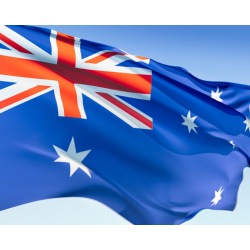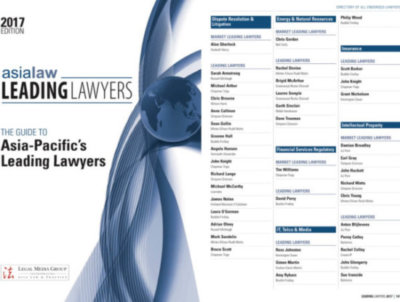The field of Intellectual Property services in New Zealand is facing a time of great change. The governments of Australia and New Zealand are clearly looking for the IP industry to be the “poster child” of trans-Tasman cooperation in their efforts to move toward a seamless trade and business environment between the two nations and create a Single Economic Market (SEM).
Intellectual Property Australia and New Zealand’s Ministry of Economic Development first announced the joint work programme for policy and operational co-ordination in August 2009, with the admirable goal of achieving economies of scale, reducing transaction costs, and enhancing consistency and quality of service. The following major work areas were identified:
- a single regulatory framework for patent attorneys
- a single trade mark regime
- a single application and examination process for patents in both jurisdictions
- a single plant variety right regime.
This was followed up recently by a discussion paper on the first of these programmes: merging the patent attorney profession in the two countries – including the creation of a single governance body, register and disciplinary regime, and consistent qualifications for registration. While there is great merit to the concept, there are still important issues that need to be worked out, including:
- increased costs associated with registration fees and the possible requirement to maintain a local address in both Australia and New Zealand
- lack of clarity around the trade mark attorney qualification in NZ and the disparity between that qualification in the two countries
- requirements for examination of the opposing country’s Patent Law in dual registration situations.
If you’re keen to read more, the full CreateIP response to the discussion paper is available on the Ministry of Economic Development website.
The second initiative underway is the single patent examination process. It was announced in February 2011 that patent applications for the same invention will be examined by a single examiner from either country. The process will “take account of the separate national laws and will produce two separate Australian and New Zealand patents” – thereby reducing the duplication of work between the two IP offices.
IP owners will almost certainly benefit from a lower cost and more expedient examination process, but the risk here is a big down turn in work for NZ IP service firms focused on foreign clients as overseas filers are likely to pick an Australian over a NZ firm to do their filing.
It is unfortunate though that the lack of harmony between the Patents Acts will remain. There are significant differences between the two countries, such as claims for human medical treatments which are allowed in Australia but not in NZ, which is why many NZ firms still use Australian firms (or at least seek their advice) for Australian filings and vice versa, despite having attorneys that are registered in both countries. Combining the laws might have the added benefit of hastening international cooperation in other areas, such as the signing of the Union for the Protection of New Varieties (UPOV) convention and potentially even a NZ-US free trade agreement.
Further, it is disappointing to see that the long overdue new NZ Patents Bill has been shelved until this SEM work is progressed. The Bill is desperately needed to keep NZ in line with international best practice, and with no apparent plans to integrate the Australian and NZ laws, then there is no reason for delay. In fact, it would be beneficial to update the current laws before the entire profession in Australia and New Zealand review their registered patent attorney staffing and qualifications requirements.
Finally, as the Australian and New Zealand Governments promote the dramatic and innovative cooperation involved in combining the IP systems of our two nations and herald it as a “world first”, it is worth bearing in mind that the European Patent Office has been streamlining patent procedures across 38 countries (and several languages) since the 1970’s (see our blog posting on Europe for more details). Clearly the European example shows that the efficiencies to be gained from such consolidation are going to be worth the effort in the end – but it certainly will take some effort to ensure we get it right.






